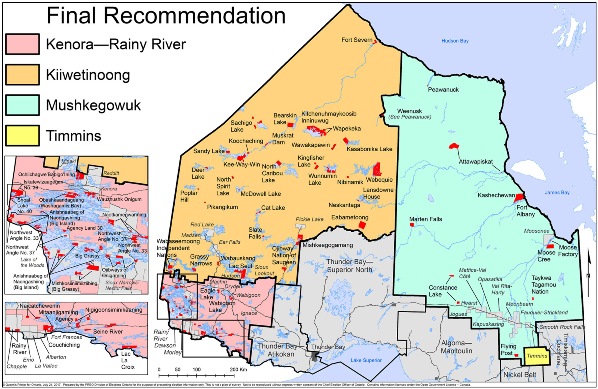On a November afternoon, Casey Moonias, a 26-year-old mother of three, places firewood in her stove and soon it gives off the warmth and smell of charred lumber. The inside of her home is small and overcrowded with toys and piles of clothes.
Outside, like many houses on the Neskantaga First Nation, about 450 km northeast of Thunder Bay, Ont., a black-and-white husky is curled up in the snow by the doorsteps. After about an hour, when the house is warm enough, Moonias fills an electric kettle from a nearby jug, eschewing the water from her tap. Her community has had unsafe water for nearly as long as she’s been alive—unsafe not only for drinking but also, many residents say, for bathing. And this is bath time.
The day before, Ashley Sakanee, Moonias’s partner, fetched three plastic jugs of clean water, each holding four litres, from the community’s reverse-osmosis machine, a laborious process that requires him to trudge 10 minutes down an icy road to the local hotel to fill up, then pull the jugs back on a sled.























